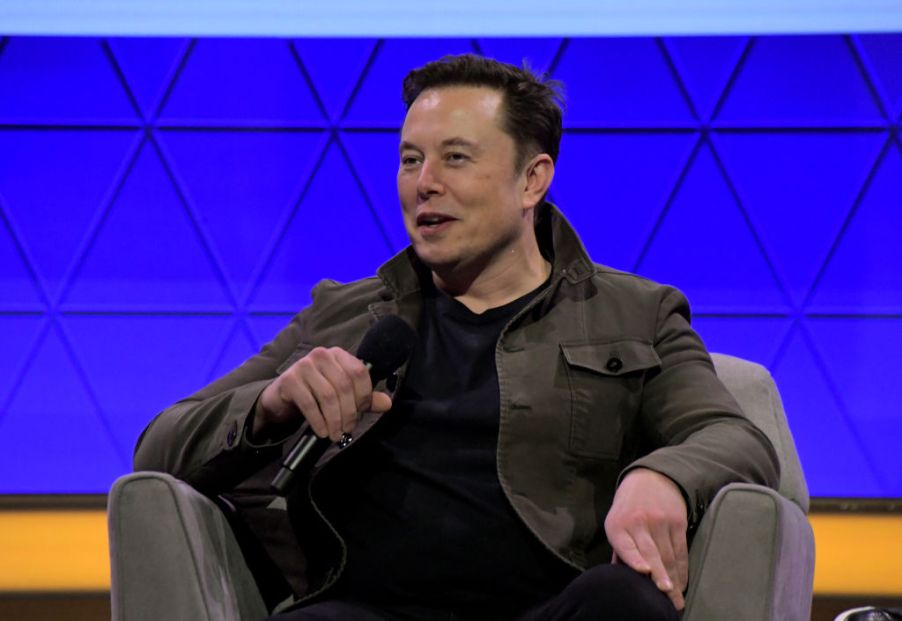
Tesla Is Making Changes Amid Increased Pressure to Deliver on Tech Promises
Tesla has always been a company at the forefront of innovation. It’s helped people and car manufacturers all over the world see the limitless possibilities that exist between vehicles and technology.
Delivering some of the most advanced vehicles in the world, Tesla continues to make promises on what it can deliver in the future. But with many shifts in the company recently, many are questioning whether some of those promises will still be honored.
Changes headed Tesla’s way
Recent changes have been made to Tesla’s team, but more specifically, to the Autopilot self-driving development team. According to The Information, sources claim that CEO Elon Musk has been “unhappy with the progress in developing fully automated driving capabilities,” as well as the team’s ability to meet timelines he himself has set for the development of certain technologies. With the Autopilot program not going as planned, several team members have left as a result.
To be exact, close to 10 percent of Tesla’s Autopilot team have left the company in recent months. Included in the members leaving Tesla are its leader Stuart Bowers, 5-year team veteran Frank Havlak, and Drew Steedly, who led perception on the team.
With many leaving, other Tesla staff have received promotions, like Milan Kovac. He is now the Director of Autopilot Software Engineering after 3 years as a software engineer on the team.
The remaining members of the team are now said to be working directly with CEO Elon Musk, who believes that the biggest issue in accomplishing self-driving is software.
With big changes happening within Tesla, a new focus on the Autopilot is to be expected. But Elon Musk has no plans on revoking his promise of a fully-autonomous, self-driving vehicle.
Tesla’s technology promises
As cited by our friends at MSN, in February 2019, Musk made a promise that an Autopilot-equipped Tesla vehicle would be able to drive to a destination without any assistance from the driver by the end of 2020. Tesla certainly leads the industry in technology and overall ability, but with so much shifting in staff, is it possible?
Currently, Tesla is the only car manufacturer with self-driving capabilities that include on- and off-ramp functionality. Though current self-driving technology is available in current Tesla models, it is only currently designed as a hands-on driving aid and is still not completely autonomous.
In April 2019, Tesla announced a hardware update to its Autopilot system. The update would be going into Model 3, S, and X cars. According to Tesla, all new cars come standard with the advanced hardware capable of providing the Autopilot features available today, as well as the ability to improve over time through software updates.
Some of the technology used in Tesla’s Autopilot program includes 8, 360-degree cameras, 12 ultrasonic sensors, and forward-facing radar that helps see through anomalies like rain, dust, or fog.
To process all this data, Tesla added a new, onboard computer that has more than 40 times the computer power as previous generations. Current Autopilot capabilities steer your car, as well as automatically accelerate and brake within its lane.
The pressure is on
Tesla’s plan for the future of the Autopilot program is a completely autonomous vehicle. With full, self-driving capability, Tesla wants every driver to have the ability to simply tell the car where to go; as it finds optimal routes, manages traffic situations, and parks itself after you’ve arrived.
While Tesla has come a long way in self-driving technology, its promises of a 2020 deadline might seem too optimistic. But people all over the world will be rooting for Tesla to keep its promise of a 2020 autonomous car, so we’ll be keeping our eyes and ears open!


